On the final day of its “ship-mas” event, OpenAI unveiled a preview of its advanced “reasoning” models, named o3 and o3-mini. While these new models aren’t available for release yet, OpenAI has opened applications for researchers to test them before a wider public rollout, for which no specific timeline has been announced. The Verge had previously reported that OpenAI would showcase a reasoning model during this event.
Interestingly, OpenAI skipped launching an o2 model, moving directly from o1 (codenamed Strawberry) to o3. The decision to bypass o2 was reportedly made to avoid confusion or potential trademark issues with the British telecom company O2. The o1 model was initially introduced in September, and o3 represents a significant leap forward in performance.
The term “reasoning” has gained traction within the AI community and refers to a system’s ability to break complex instructions into smaller, manageable tasks. This process improves the quality of outputs and often includes explanations of how the model arrived at a solution, rather than simply providing a final answer without context.
According to OpenAI, the o3 model has set new benchmarks in performance. It has surpassed its predecessor by 22.8% in coding tests known as SWE-Bench Verified and even outperformed OpenAI’s Chief Scientist in competitive programming challenges. In the American Invitational Mathematics Examination (AIME) 2024, one of the toughest math contests, o3 missed only a single question. Additionally, it achieved 87.7% on GPQA Diamond, a benchmark designed to test expert-level science knowledge. In particularly difficult math and reasoning challenges, where other AI models typically solve less than 2% of problems, o3 managed an impressive 25.2%.
Beyond its reasoning advancements, OpenAI also introduced new research on deliberative alignment. This approach encourages AI models to assess safety-related decisions through a structured, step-by-step process. Instead of simply responding with predefined yes or no answers, deliberative alignment requires the AI to actively analyze whether a user’s request aligns with OpenAI’s safety policies. When tested on the o1 model, this method demonstrated significantly improved adherence to safety guidelines compared to earlier versions, including GPT-4.
The introduction of the o3 model and the deliberative alignment approach highlights OpenAI’s commitment to enhancing both performance and safety in its AI systems. These developments aim to address not only the technical challenges of reasoning but also the broader ethical considerations of deploying AI in real-world applications.
The reasoning capabilities of the o3 model represent a critical step in AI evolution. By breaking down tasks into smaller components and showing its work, the model can deliver results with greater accuracy and transparency. This ability to explain its reasoning process could have far-reaching implications, particularly in fields like education, research, and software development, where understanding the “why” behind an answer is just as important as the answer itself.
Moreover, the deliberative alignment research demonstrates OpenAI’s proactive approach to addressing safety concerns. By requiring the model to reason through its decisions, the company aims to reduce the likelihood of harmful or inappropriate outputs. This step-by-step reasoning aligns with the industry’s broader push for responsible AI development and deployment.
While OpenAI has yet to announce a public release date for the o3 and o3-mini models, the decision to involve the research community early on suggests a focus on thorough testing and refinement. This approach could help identify potential weaknesses or areas for improvement before the models are made widely available.
The achievements of o3 in coding, mathematics, and science benchmarks also signal its potential for transformative applications. Whether in solving complex mathematical problems, advancing scientific research, or creating more efficient code, the model’s capabilities could set a new standard for what AI systems can achieve.
As the AI field continues to evolve, the introduction of models like o3 underscores the importance of balancing innovation with responsibility. By prioritizing both performance improvements and safety measures, OpenAI is striving to lead the way in developing AI systems that are not only powerful but also aligned with ethical principles.
The advancements showcased in the o3 model reflect the rapid pace of progress in AI technology. With its unprecedented reasoning capabilities and focus on safety, OpenAI is pushing the boundaries of what’s possible while addressing the critical challenges of deploying such advanced systems in a responsible and meaningful way.
